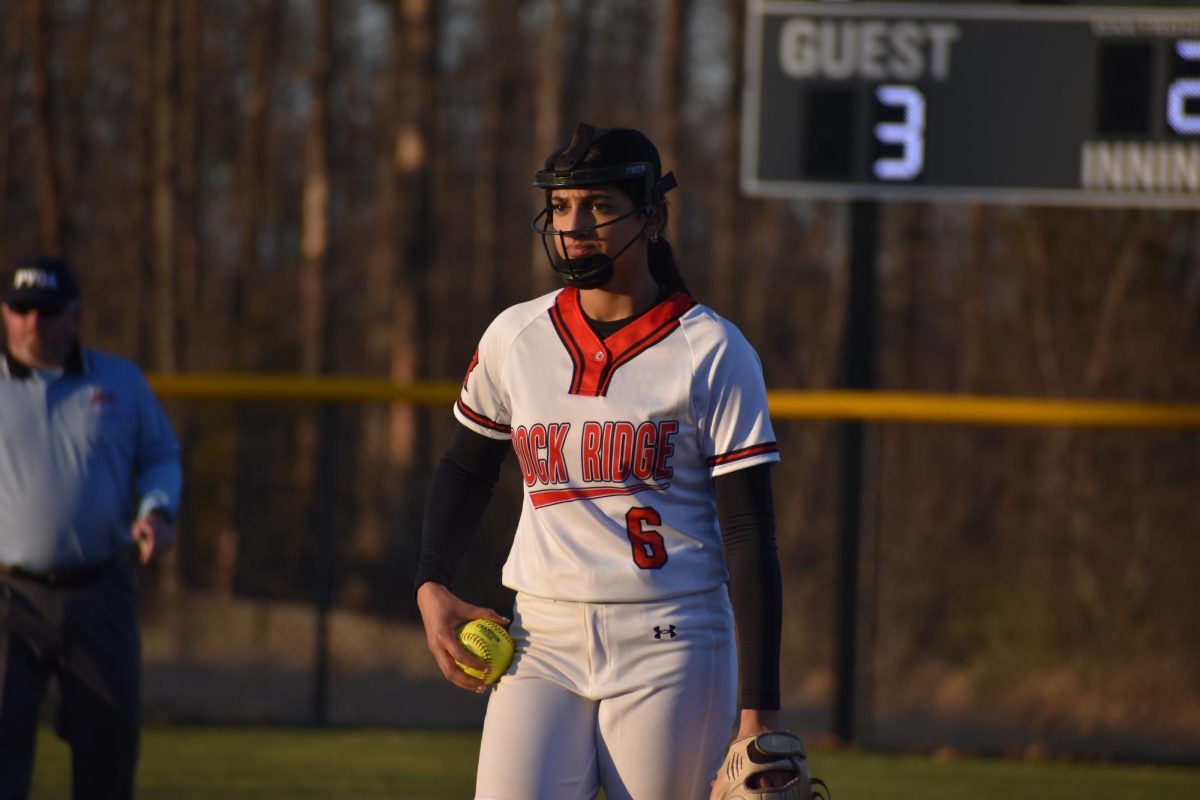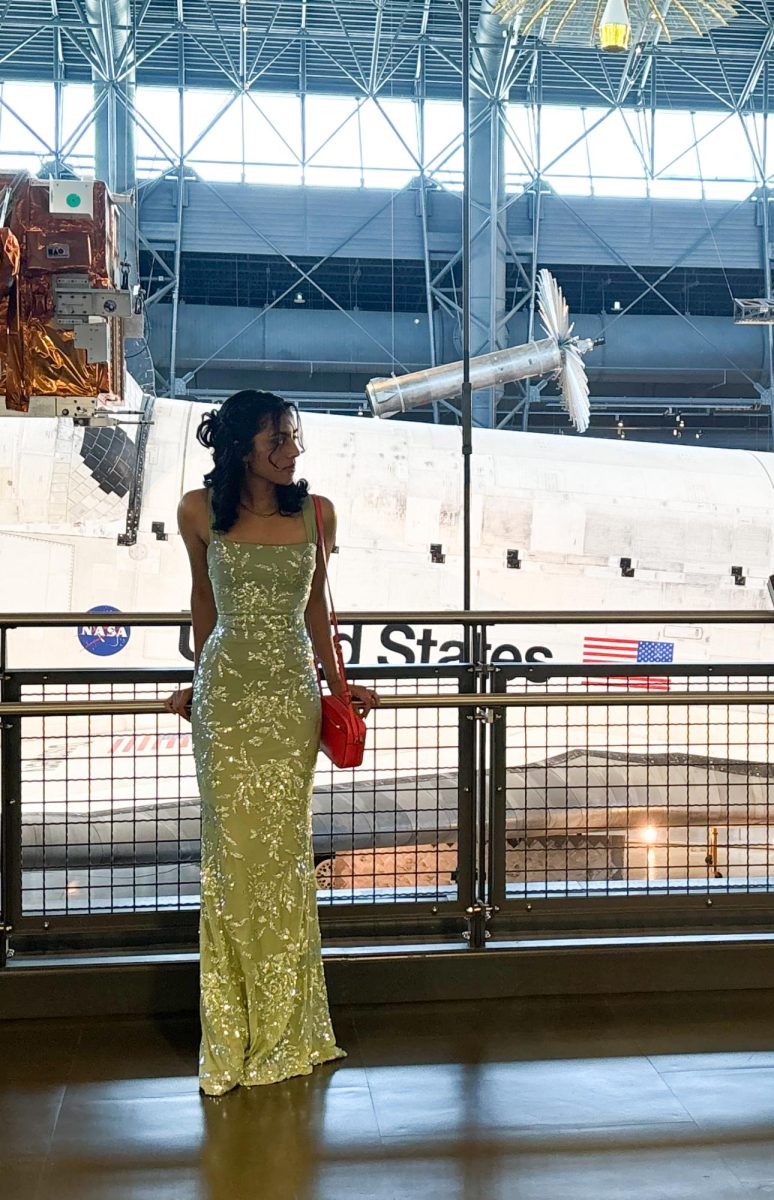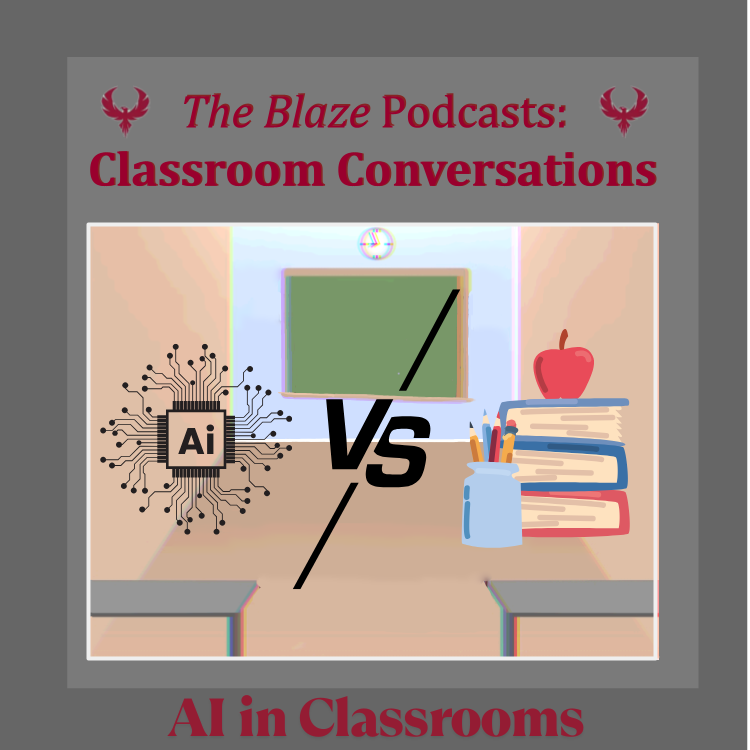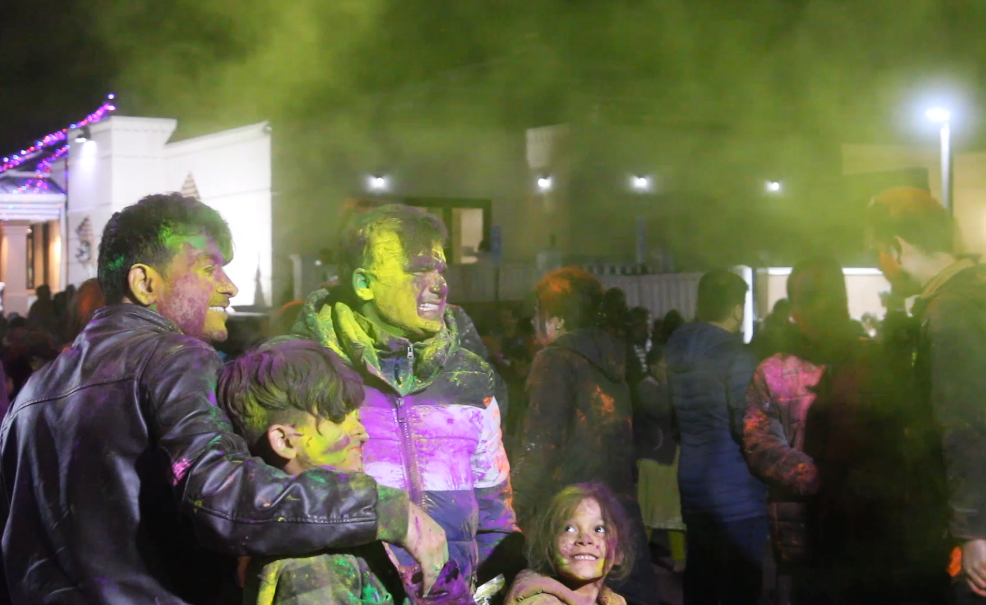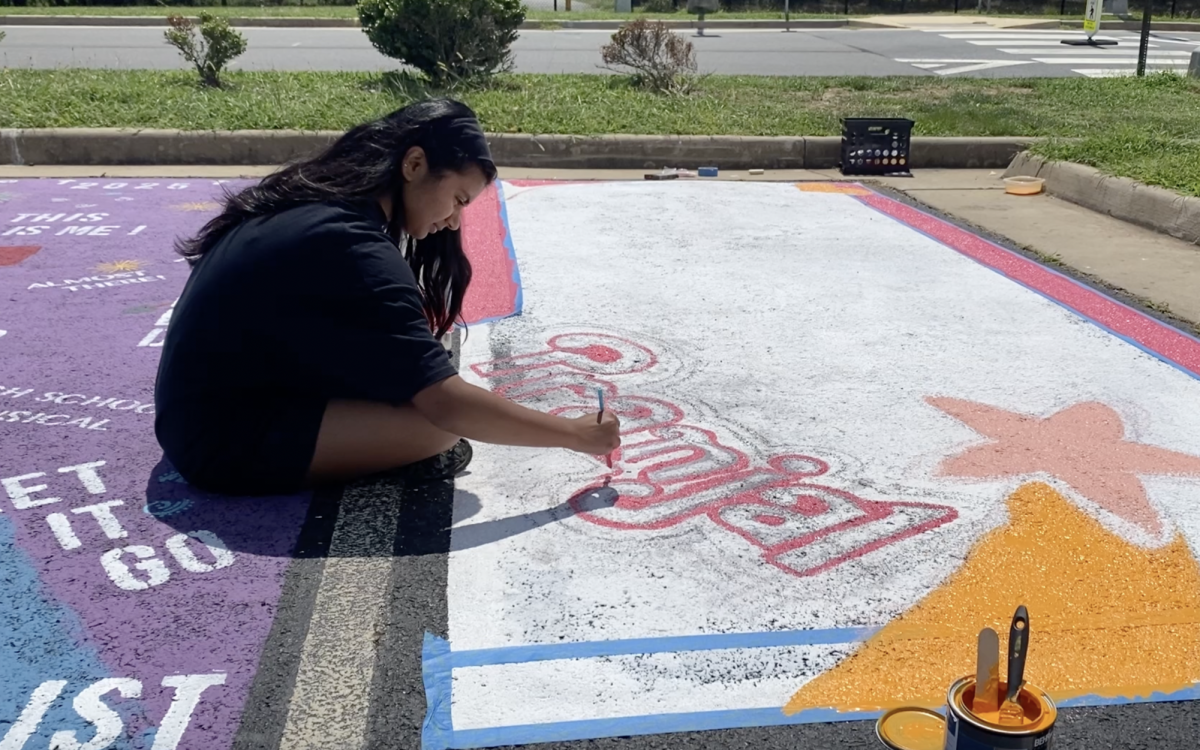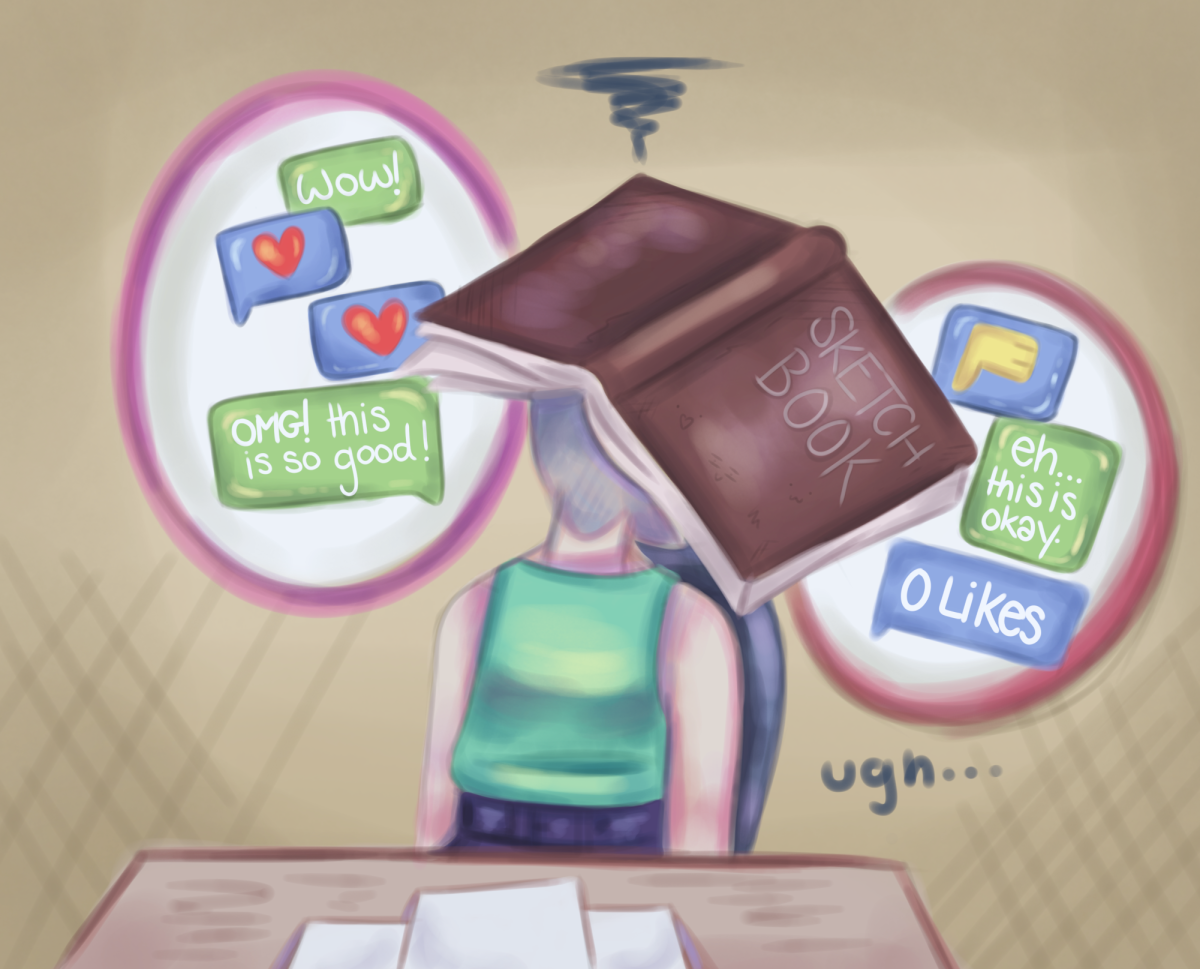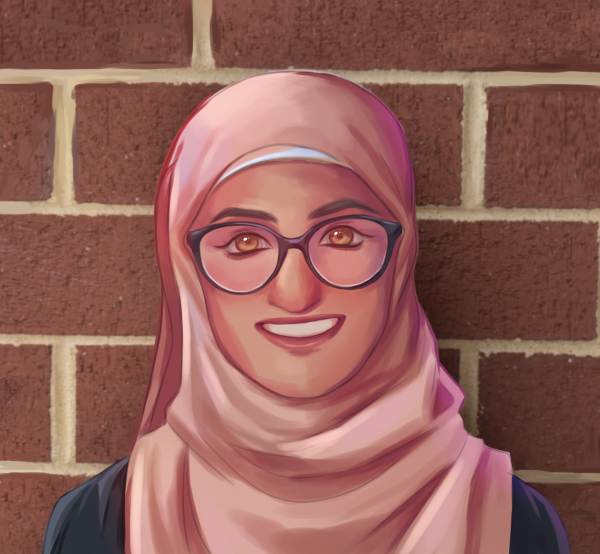What is art? Before the digital age, it was subjective, and more personal: it could be anything that someone wanted it to be. But art has strayed away from its original meaning since then. Now, when we look at a piece of art, we don’t ponder the purpose, or notice the time and effort. Instead, we focus on what society has clouded our minds with — “Is it pretty?” That is not how art’s worth should be determined.
Humans are naturally attracted to things that are pretty, and those things vary from person to person. Some may see a beautiful butterfly, and others may see a petrifying insect. The same applies to art; everyone finds beauty in different things, which is fine. We were made to be different. But art shouldn’t be judged in the same way. Some works of art aren’t even made to be pretty. They’re made for the deep meaning that they hide inside.
Pleasing Others
Constantly making work that has to be considered “pleasing” takes a massive toll on the artist. It has them repeatedly aspiring to meet impossible standards.
Gu Zheng Wei, also known as Guweiz, is a popular digital and concept artist. According to his published artbook, “Guweiz: The Art of Gu Zheng Wei,” “It’s possible to fall into a trap where all you do is try to please your audience. This hurts everyone in the long run; the artist struggles to grow, while the work the audience sees becomes increasingly restricted in scope, losing the originality and beauty that attracted them in the first place.”
Artists can never create something that is found pretty by every person in their audience. Everyone is different, so it is important to create art without trying to please everyone. Junior Mawulawoe Melomey is an Art III student who always had a love and passion for art. “Creating things by hand should always be encouraged, but not forced,” Melomey said. “We make art because we want to, not because we need to or [are] forced [to].”
People find it easier to scrap things that they don’t like, but we should always focus on the bigger picture: the purpose of the piece. Every piece of artwork has a meaning. There is always a story. Sometimes even the artist may not know what it is, but it is always there — hidden within the colors and strokes.
“If you’re always focused on trying to create something beautiful, you’ll be so caught up with the looks of your creations that you’ll end up discouraging yourself before you get to a point where you’re proud of what you create,” Melomey said.
“Judging Art”
To grow in their craft, young artists submit work to art competitions or somewhere where they get their art critiqued by well-known and professional creators. But how do these creators judge art, something that is supposed to be limitless? Well, it all depends on the type of contest that the creator is entering. Light Space and Time (LST) is an online art gallery and resource for artists to help them market their skills in the real world; it also hosts annual art competitions for illustrators looking for a challenge.
LST released their judging criteria showing how they judge and “rate” art. Some of the qualities they look for are:
- Interpretation of the theme
- Creativity displaced through the theme
- Quality of artistic composition
- Design of illustrated work based on the theme
- Impression of the art
Most competitions revolve around a theme that must be reflected in the submitted artwork. In those cases, judges aren’t looking at whether or not it’s appealing to the human eye; they’re looking at the ability to execute the theme and the amount of creativity.
For example, Clip Studio Paint (CSP), a digital art program, hosts annual competitions for artists revolving around common themes of everyday life. The 26th annual contest theme was “The Best Smile.” According to the press release about the winner, “[the] work [radiated] warmth…[and had] such wonderful smiles that perfectly fit ‘the best smile’ theme.”
As an educator, art teacher Heathre Mills constantly evaluates her students’ artworks. “I have objectives for the lesson; [when I’m grading art,] I want specific ideas [or techniques] expressed,” Mills said. “I don’t grade on one’s ability to make art that’s ‘pretty’ because we’re all at different skill levels and levels of development, so I really grade on effort and how much of yourself you put into the work.”
Artists should seek critiques on their art for improvement. This will only benefit the creator themselves. This is like flipping a canvas on a digital painting; we might think our illustration is perfect but when we flip it, we can see that it looks different when seen from another perspective. There are some things that we don’t see in our art that others do.
This Issue isn’t as Modern as we Think it is
According to Pew Research, a statistics and data platform, 29% of teenage social media users said that there was too much pressure on social media.
Striving for perfection leads to increased anxiety. Before the digital era, there wasn’t any social media to compare yourself to or to seek validation from: which forced creatives to make art for themselves. That is, if they weren’t working on commission. Artists that were working on commission were creating art for other people, and they could only create what the client wanted them to.
Working on commission is a choice; the purpose behind it is to make art for someone else.
But sometimes, maybe in rare cases, that was a good thing. Leonardo da Vinci was commissioned to create the Mona Lisa by Italian merchant Francesco del Giocondo; the portrait is of his wife, Lisa Giocando. It was only after this painting that da Vinci began to rise in popularity.
Even though some artists, both in the past and present, do create with an audience in mind, the ultimate goal is to create for themselves. Even with commission, there still can be creative freedom, just the same as when freelancing.
Art is something that is supposed to be expressive and comforting. Artists shouldn’t be making art to please their audience, they should be making it for themselves. When we, the audience, look at a piece of work, we shouldn’t wonder whether it’s appealing.
If a creative person is using art as an escape from reality or a form of expression, the product need only matter to the creator. With intentions focused on self-improvement — or even personal pleasure — artists can find contentment and purpose without seeking outside validation.
As Guweiz writes in “Guweiz: The Art of Gu Zheng Wei,” “Not every work will break a record…focus your concern on your own engagement and excitement for your art.”









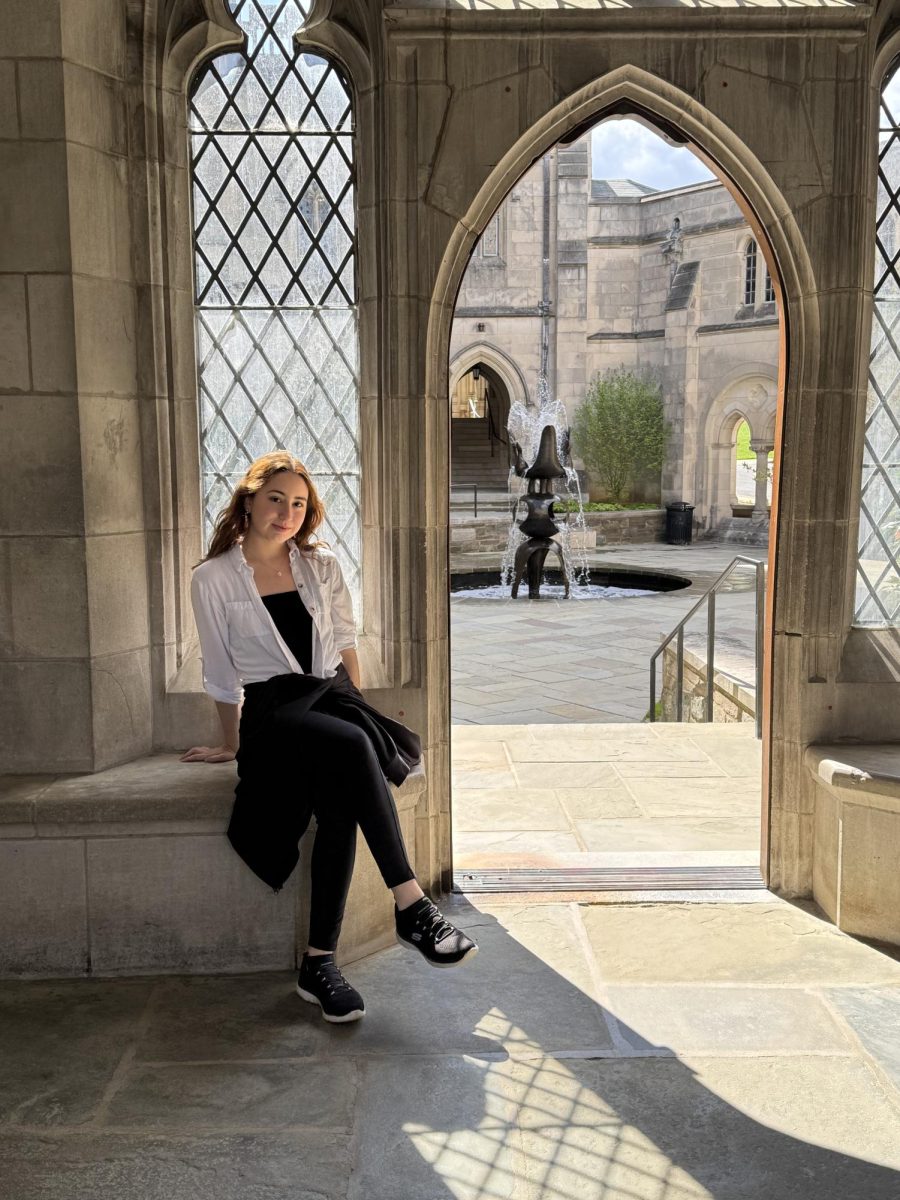







![The Phoenix varsity volleyball team lines up for the national anthem. “We were more communicative [with each other] during this game, and I feel like we kept our energy up, especially after the first set,” senior Jessica Valdov said.](https://theblazerrhs.com/wp-content/uploads/2024/10/DSC_0202-1200x800.jpg)


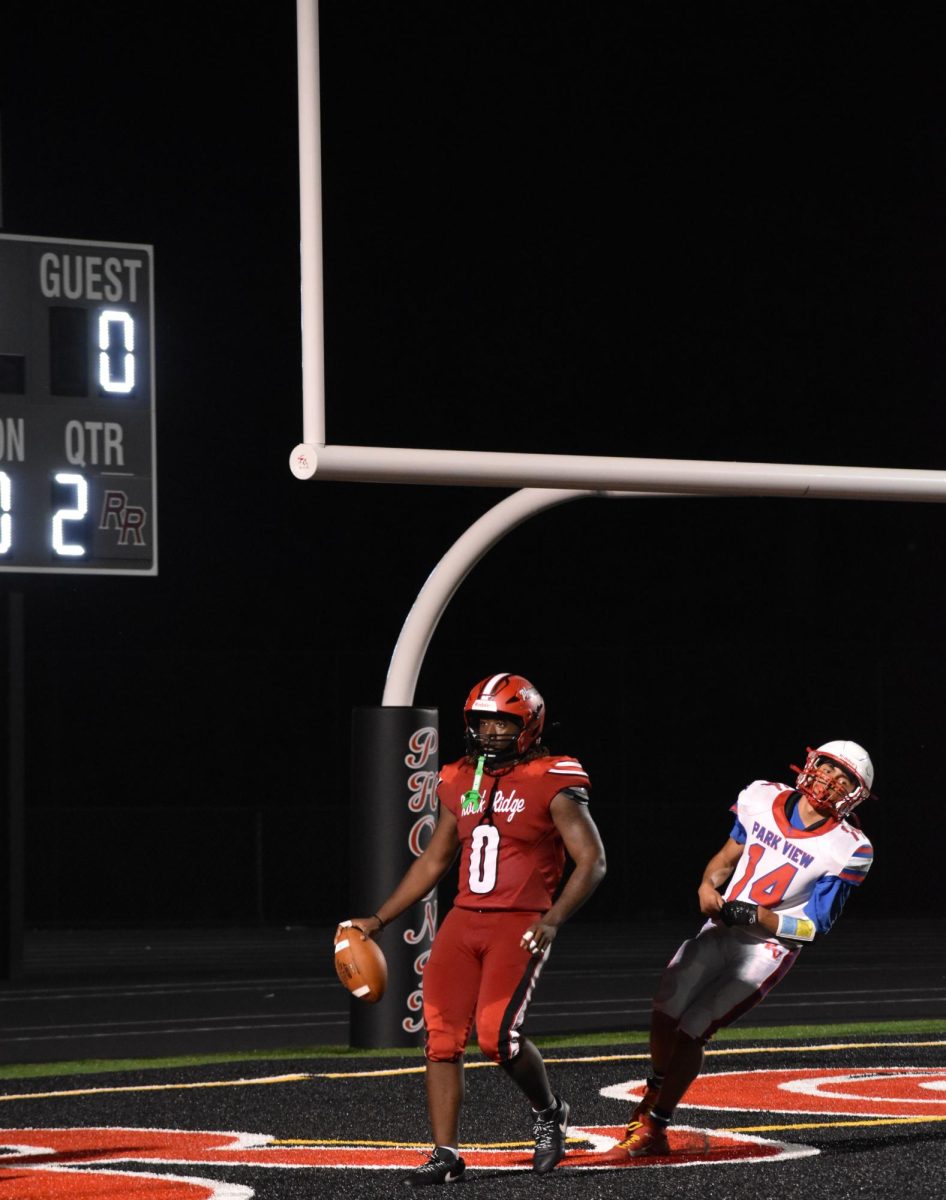

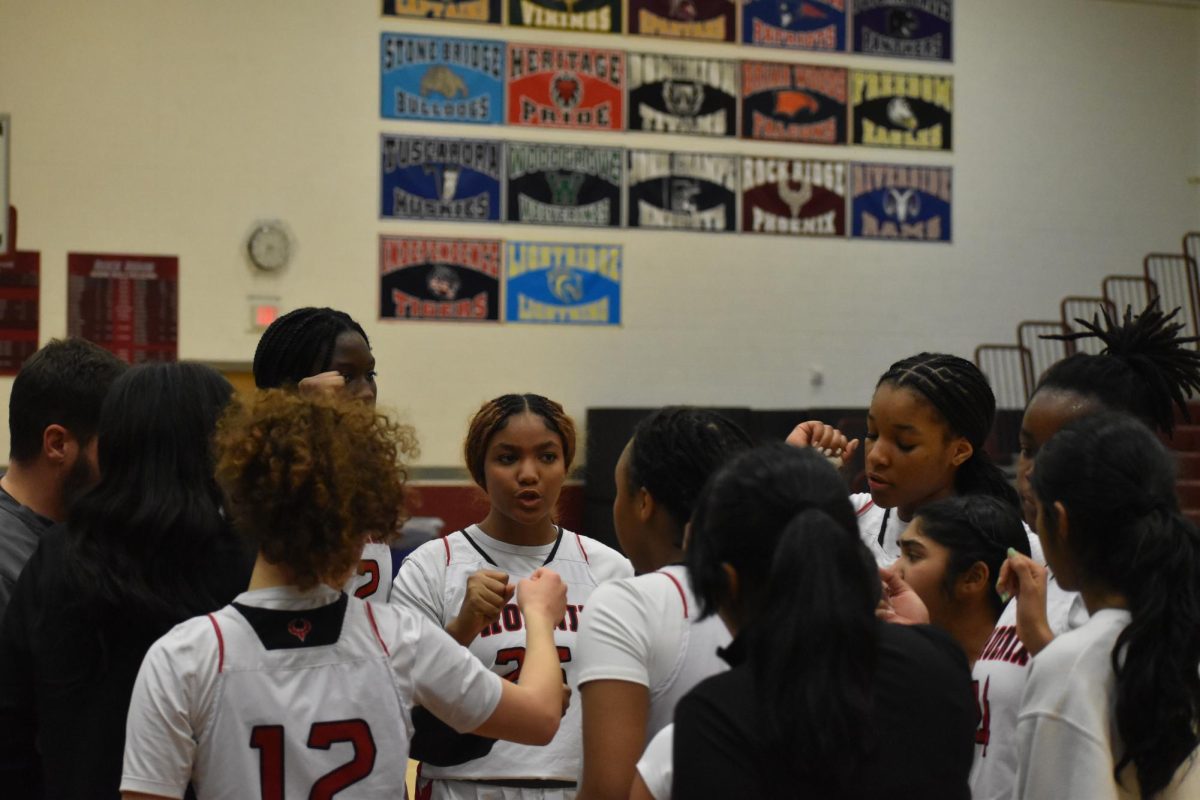



![Junior Alex Alkhal pitches the ball. “[I] just let it go and keep practicing so we can focus on our goal for the next game to get better as a team,” Alkhal said.](https://theblazerrhs.com/wp-content/uploads/2025/05/DSC_0013-1-1200x929.jpg)

